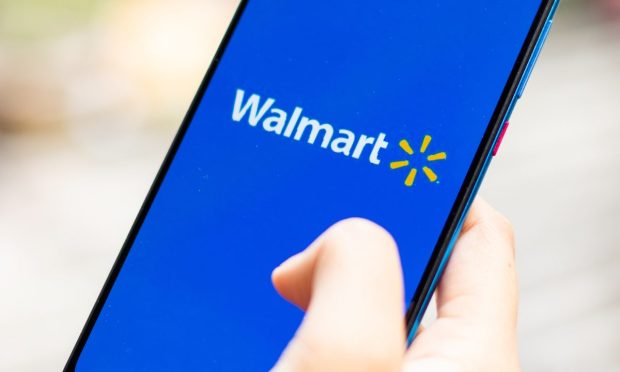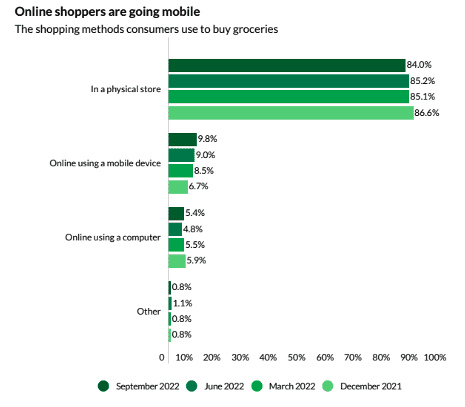Walmart Online Shopping Arsenal Grows as Amazon Cuts Costs

The Walmart online shopping suite of tools has added a “Text to Shop” feature to its growing arsenal of digital offerings.
The move comes just one week after the debut of its video image search tool TrendGetter aimed at making shopping and searching easier.
“Text to Shop” syncs with customers’ Walmart accounts, “so we know your usual ordered items. Simply text the items you need, and they get added to your cart,” the retail giant said in a Wednesday (Dec. 14) press release.
The tool offers “the full selection of Walmart’s products, including items from your local store and from Walmart.com,” and features like texting “reorder,” which allows shoppers “to quickly review and add your frequently ordered items to your cart.”
Struggling against eCommerce archrival Amazon, Walmart has been upping its digital game for the past few years, and its move into conversational commerce is among its most ambitious strategies to make the store-centric chain better able to compete with digital-first retailers.
Coming in Android and iOS versions, consumers can enroll and text the names of needed items, which collect in their Walmart.com shopping cart, with checkout happening in-app for delivery or in-store pickup.
When the “Text to Shop” beta was unveiled in October 2021, Walmart said in a blog post: “We’re learning a lot about when and how customers prefer a conversational experience.”
The beta followed earlier innovations, namely Walmart Voice Order, introduced in 2019 to work with “smart displays like Google Home Hub, Android phones, iPhones, watches and more,” so that “customers can manage their shopping carts while they’re at home or on the go.”
“Text to Shop” comes a week after Walmart’s introduction of the TrendGetter image recognition technology that lets shoppers perform visual searches, taking pictures of products that are uploaded to the TrendGetter website, which locates matching Walmart products.
The PYMNTS study “Digital Economy Payments: November 2022 U.S. Edition — The Rise of Mobile eCommerce” found that in the third quarter of 2022, mobile devices were used by 15% of consumers for non-grocery shopping and 9.8% of consumers for grocery shopping, showing the momentum of mobile devices and their messaging and imaging capabilities becoming embedded in more shopping experiences.

Voicing Support for Digital Assistants
With more retail chains and eCommerce players rolling out voice, text and imaging features, recent pullbacks by Amazon in its Alexa investments came under fire.
In an analysis of this market reaction, PYMMTS’ Karen Webster wrote in November that “Alexa doom and gloom headlines followed a series of stories about Amazon’s cost-cutting efforts, which included slashing costs from its Worldwide Digital unit that includes Alexa,” but added that “Alexa’s future, though, is one where she won’t wait for consumers to ask her to do things, but instead remind them to reorder items before they run out — all using intelligence based on order history and usage patterns.”
Webster also pointed to other ways that Alexa is poised to improve shopping journeys as well as device capabilities across a swath of possible use cases, writing that this “makes Alexa’s business model just like any other operating system: licensing its use to app developers and device manufacturers, sharing revenue from sales made to those that enable it, and giving advertisers a new channel to introduce their brands to a captive, relevant audience.”
For all PYMNTS retail coverage, subscribe to the daily Retail Newsletter.
